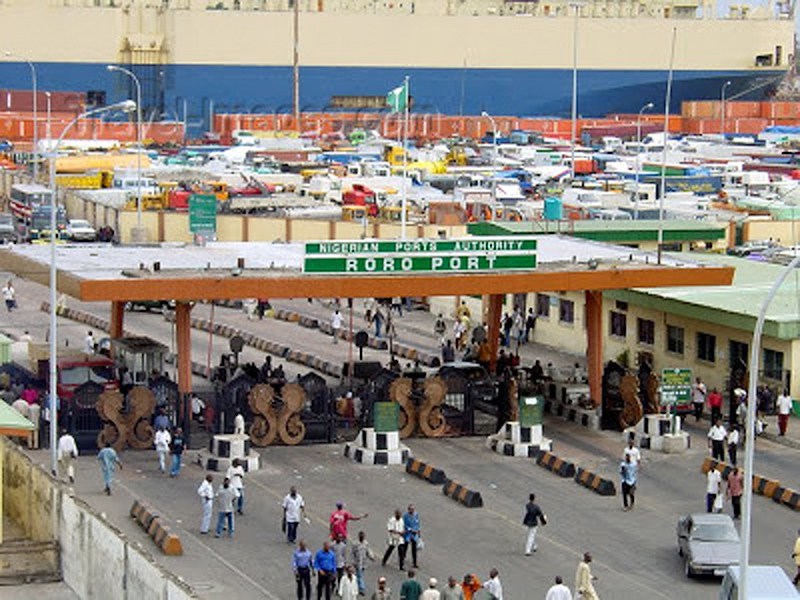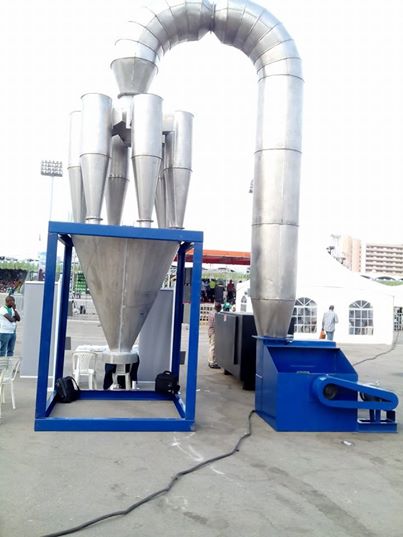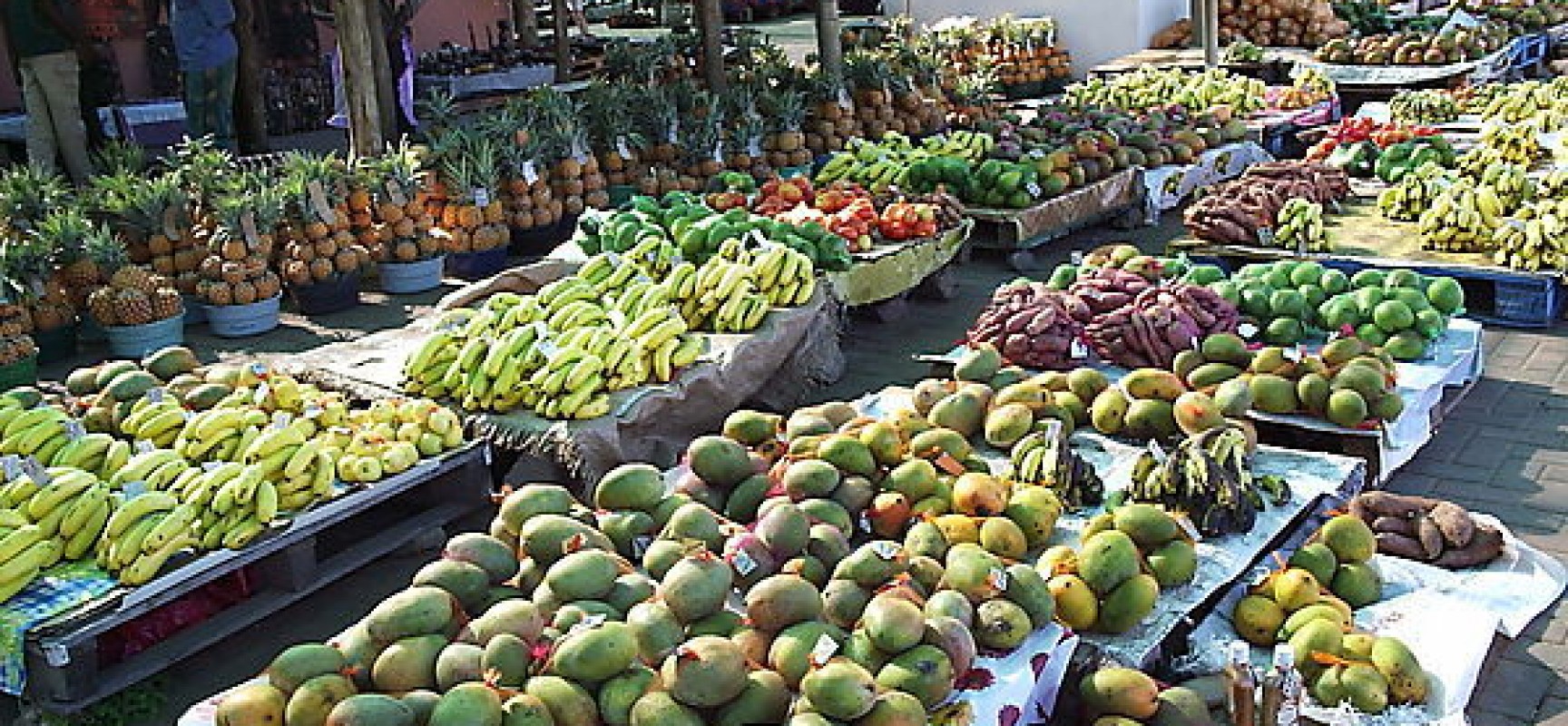What do we make of a nation that has the potential to supply all of the world’s rice needs and yet imports N1billion rice every day or N365billion every year? I just hope the narrative would change from the next planting season, as the Muhammadu Buhari administration takes root. Chief Audu Ogbe, a farmer who has constantly expressed the need for an agric revolution, is expected to be agric minister soon in an administration that has promised to create jobs through agriculture and solid minerals.
It’s time for the nation to choose between lip service and seriousness and between dependence and independence. Nigeria has no business importing even a grain of rice or wheat, if for national pride. Why do we import what we have and thereby create jobs for other nations?
I express this anger over our inability to achieve self-sufficiency in food production after embarking on a tour of a rice farm that qualifies as the poster child of Nigeria’s “Green Revolution”. Needless to say, the country has been the graveyard of several agric programmes since the discovery of crude oil on its shores. It was in a search for something to cheer about that I accepted an invitation for the six-hour trip from Abuja to a village in Doma LGA of Nasarawa State on Friday.
Welcome to Olam Rice Farm at Rukubi village where the popular rice brands “Mama’s Pride” and “Chef’s Choice” originate from. It’s a farm stretching several kilometres or as far as the eye can see – up to the banks of River Benue. It’s nearer to Makurdi, the Benue State capital (37km), than to Lafia in Nasarawa (84km).
At Olam we saw the wonders of technology used to deliver very clean and nutritious rice from the farm to the dining table. On its staff were Singaporeans, Indians, Nigerians, Australians, Egyptians and South Africans, but it prides itself on being the vanguard of Nigeria’s rice revolution. “Our milling facility is comparable only to those in Europe,” said Mr Mahesh Nimje, head of sales and distribution. “The parboiling facility is Italian, the first of its kind in the world.”
The Buhari administration’s commitment to agriculture will surely be tested from the next planting season, just four or five months away. Will Nigeria continue to depend on imported rice or will it aim to achieve self-sufficiency in the staple food and create needed jobs for millions of young people? Any plan in this direction – boosting local rice production – must include a replication of Olam’s efforts in at least 50 other LGAs in Nigeria. “Nigeria’s Rice, Nigeria’s Pride” reads Olam’s slogan printed on face-caps, T-shirts and other items.
The total investment in Olam so far, I gathered, is $102million (N21billion), which is the equivalent of just three weeks’ rice imports. However, the things I saw on the farm seemed to be worth more: a helicopter on standby, a dozen harvesters, several tractors and bulldozers, staff quarters and offices. Water is diverted from River Benue to the farm for irrigation and dams. The automated milling facility commissioned by President Goodluck Jonathan on July 14, 2014, is, by my estimation, 300metres long, 50metres wide and 15metres high.
All the processes are mechanised: from the section paddy rice is dumped through parboiling, de-stoning and polishing to quality control and warehousing. Most intriguing is a computer-generated machine that separates rice grains according to their colours, and thus ensures that Olam’s rice is clean even after it has been polished three times. “Mama’s Pride” is received in 10kg, 25kg and 50kg packs and then sealed and sent to the warehouse next door. Black or broken grains arrive at a different destination.
The entire farm is on 10, 000 hectares of land but rice is currently cultivated only on 4, 000 hectares. Olam has plans to increase it to 6, 000 hectares by the next planting season and more thereafter. “Over 900 people work on the farm every day,” said Mr Nimje, adding that his company’s goal is to enable Nigeria achieve self-sufficiency in rice production. “We produce at least 310, 000 metric tonnes of Nigerian rice each year.”
Nigerians consume 5million metric tonnes of rice per year, but Olam and several other rice producers in the country can provide only 3million tonnes. “No rice industry in Nigeria has our kind of irrigation,” Olam’s head of rice mill Mr Jayant Jagtap claimed. Though the company has been in Nigeria for 25 years, its remarkable progress in local rice production started four or five years ago. It is the largest or among the largest exporters of cocoa, sesame seeds, guinea corn, tomato paste, cashew, yoghurt and more products from Nigeria.
Along the way, it has encountered the usual roadblocks in Nigeria. For now, it generates its own power – Rukubi village is not connected to public power. Rice chaffs and husks are used to generate power for steam engines in the parboiling section. Employees who live in Olam’s beautiful staff quarters as well as visitors to the farm drink table water.
I have learned that Olam Rice Farm was to be located in Benue State. The government of Gabriel Suswan scared it off with huge taxes and then governor of Nasarawa State Akwe Doma received the company with open arms. Is that not a lesson to be learned by the federal government as it unfolds its agric programme?
The rice meal we were served at Olam’s canteen on the farm tasted nicer than any imported rice. We have always known that local rice is more nutritious than imported ones. But the trip has prompted something else: I have decreed that no foreign rice should enter my kitchen henceforth. At least I don’t need anybody’s permission to enforce that rule in my home.
— By ANIEBO NWAMU
#














